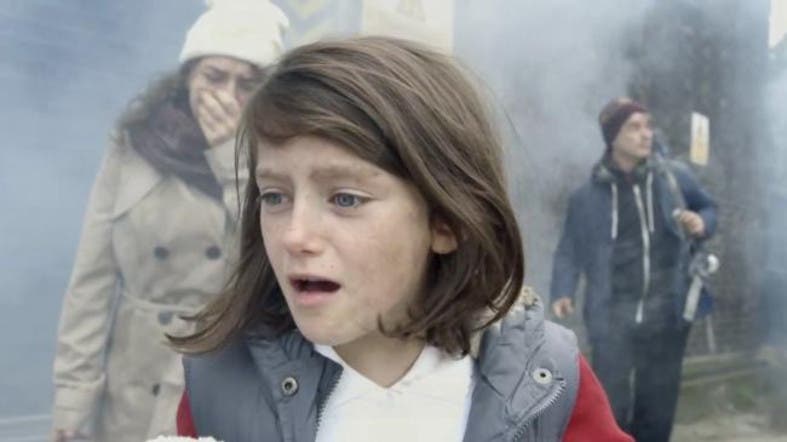
For our analysis today we're going to explore a campaign advert - something that we've not spent too much time on thus far and products that can produce some interesting ideas.
Campaigning adverts are those produced by pressure groups and charities or even government departments with the aim of drawing attention to an issue, raising funds or provoking action [eg. giving blood; not driving and texting]
those that create and run such campaigns often say that campaign adverts often have to work harder than those that are commercially selling us a product or service. Why might this be?
WHAT TYPE OF PRODUCT IS IT? [WHAT IS ITS INTENTION?]
WHO IS IT AIMED AT? [AUDIENCE]
WHAT MIGHT BE THAT AUDIENCES EXPECTATIONS OF SUCH A PRODUCT?
DOES THIS PRODUCT MEET SUCH EXPECTATIONS - HOW? WHY NOT?
IS THE PRODUCT EFFECTIVE IN ITS INTENTIONS?
Released on March 5th 2014 the 90 second campaign video was launched in the run-up to the three year anniversary of the Syrian civil War conflict. Titled the Most Shocking Second a Day the film was made by DON'T PANIC for Save the Children UK. the film focuses on the fact that to date 10,000 children have lost their lives and 2.3 million people have become refugees from the conflict.
It closes with the words: "Just because it isn't happening here, doesn't mean it isn't happening."
"We hope the video will resonate with members of the public, particularly those who don’t know much about the situation in Syria so they can really understand the plight of innocent Syrian children. said Jake Lundi, Director of Brand and Communications at Save The Children. "The message to the public is just because it’s not happening here, doesn’t mean it’s not happening."
MEDIA FORMS:
How are media forms used to convey the changing life of this young girl?
MEDIA AUDIENCE
What factors do you think lead to the video attracting more than 23 million You Tube hits in its first week of release and 46 million views in its first year?
MEDIA REPRESENTATION
How does the advert represent the life of a refugee?
MEDIA IDEOLOGIES
How effective is the product in using commercial marketing techniques in communicating its message to the audience?
The ad was released on 5 March 2014. It received news coverage immediately in many UK newspapers and magazines including the The Independent, Telegraph, Huffington Post (UK), Express, Metro, and The Mirror. It was also covered in Time Magazine, Adweek,Al Arabiya,and the Washington Post.[ The coverage in the Washington Post noted that the video would only seem shocking to people who had not experienced or read closely about the lived experiences of people who had gone through civil wars, and highlighted the newspaper's profiles of refugees from civil wars.
The video acquired more than 23 million views on YouTube in less than a week.[18] The reasons for its virality were dissected by a number of commentators, including Fairsay[19] and The Drum.[5] The following factors were identified: strong emotions, a video title ("Most Shocking Second a Day") that created what Upworthy has called a "curiosity gap" by providing just enough information to make people click to want to know more, and a smart initial paid promotion and publicity in the right circles.[19] The video was also listed as the first of five highly successful nonprofit branded videos in the first quarter of 2014.[8][20]
In November 2014, American actor Ashton Kutcher posted an A Plus article about the video on his Facebook page (A Plus is a website co-founded by Kutcher, who is also Chairman of the Board).[11][21] This resulted in 10 million page views of the video and made it the second most-viewed brand video of the week on YouTube.[22]
As of April 2015, the video has accumulated over 46 million views on YouTube.[1] According to Don't Panic London's website, the video was featured twice on the Reddit front page, was shared 920,000 times, and caused Save the Children's YouTube channel subscriptions to increase by over 1000%.[4]


No comments:
Post a Comment